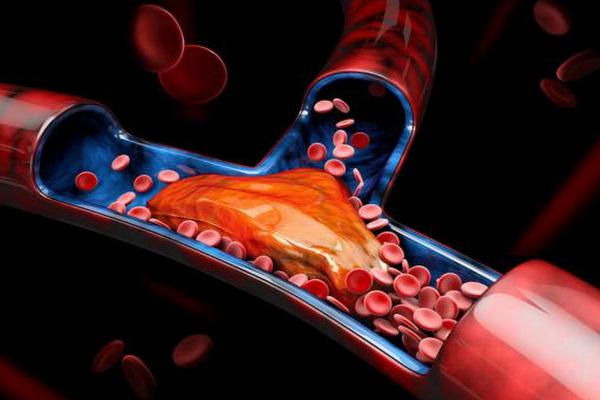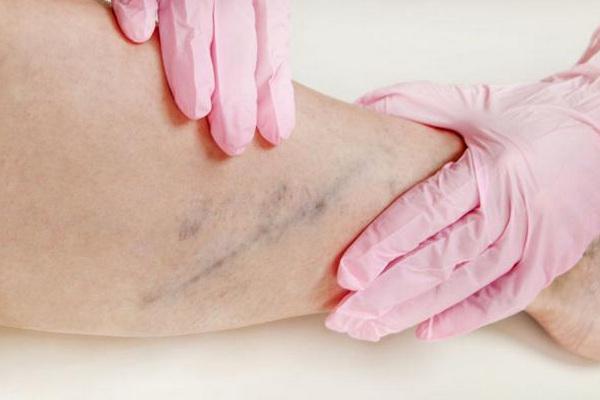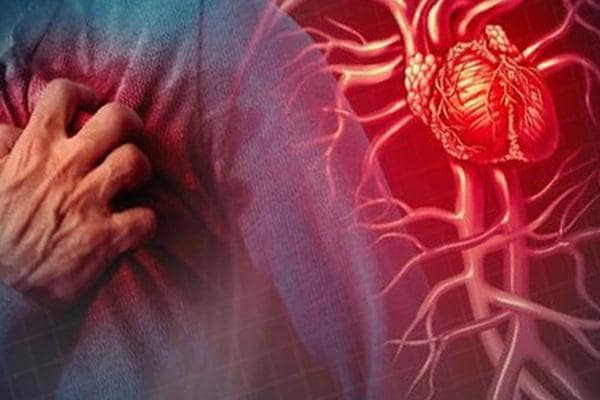Зміст
Homocysteine is called “cholesterol of the 21st century” for a reason. An amino acid is essential for the proper functioning of cells in our body. However, in excess, it is very harmful and contributes to serious cardiovascular disease. In turn, the failure of many organs, including the liver or the thyroid gland, can cause excessive homocysteine concentration. Therefore, regular testing of the level of this amino acid in the blood can quickly identify many serious diseases.
What is homocysteine, and what are its functions?

Homocysteine is a sulfuric amino acid that is produced in our cells during the digestion of certain proteins (such as milk, eggs or meat). In small amounts, it is necessary for the body to function properly, but too much of it significantly increases the risk of thrombosis, heart attack, stroke, and even dangerous neurodegenerative diseases such as Parkinson or Alzheimer’s.
This is because this inconspicuous amino acid relatively quickly damages the vascular epithelium, causes inflammation and reduces blood clotting. It also promotes oxidative stress (increases the prevalence of free radicals and lowers antioxidants) and at the same time stimulates the production of collagen, which is over-deposited on the walls of blood vessels as cholesterol. It also thickens their walls and makes
When should homocysteine levels be checked?
Homocysteine levels are determined based on a fasting venous blood test. The correct result is 4-12 MOL / L. The concentration of this amino acid should be determined in people who are struggling with coronary heart disease, diabetes, venous thrombosis or atherosclerosis, as well as in patients after a heart attack.
What are the causes of too high homocysteine levels in the body?
The most common cause of excess homocysteine is an inappropriate diet, poor in vitamins B6, B9 and B12 (they are responsible for regulating the concentration of this amino acid). It is also a common effect of alcohol abuse, smoking (they slow down the metabolism of homocysteine in the liver) or taking certain medications. However, significantly elevated levels of this amino acid may indicate an internal disorder such as renal or liver failure, or hypothyroidism. Another reason for too high homocysteine levels is a common mutation in the MT HFR gene, which disrupts the metabolism of folate (vitamin B9).
Symptoms of excess homocysteine
An excess of homocysteine causes little or no symptoms. They appear only because of complications and disorders of the circulatory system. Usually at this stage, vascular damage, atherosclerosis or hypertension are already diagnosed. Concomitant symptoms are frequent headaches, more rapid fatigue, or swelling of the lower extremities.
Excess homocysteine and serious illness

It is worth knowing that long-term excess of homocysteine in the body causes not only serious cardiovascular diseases (thrombosis, atherosclerosis, hypertension, coronary heart disease or heart attack), but also contributes to serious neurological diseases. It turns out that circulatory disorders also have a destructive effect on neurons (nerve cells) and blood vessels in the brain. This can significantly contribute to the development of depression, Alzheimer’s and Parkinson’s disease.








